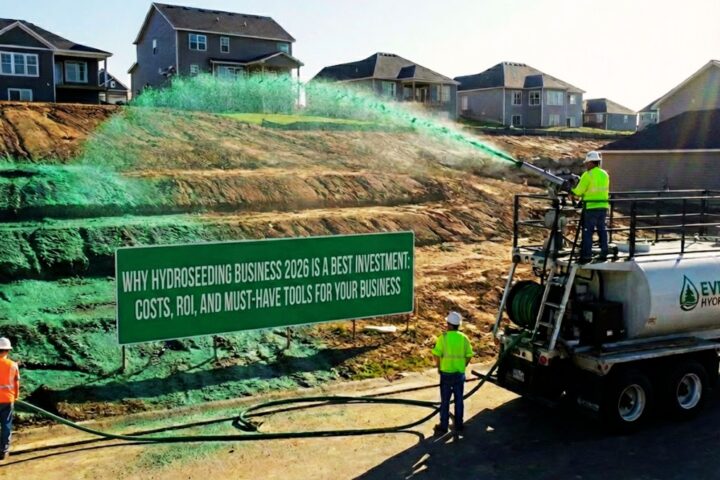Every business relies on various factors to deliver accurate and consistent results to maintain a good relationship with its customers. The space of a warehouse needs constant monitoring and optimizations to expand its potential and possibility for good results.
Having the right equipment, techniques, and processes will positively impact deliverables, staff management, and organization, leading to best practices. These ways to minimize errors in your warehouse will help you achieve growth.
Layout Plan
Easy access to materials, products, and resources, thanks to well-thought-out layout plans, is the best way to maintain consistency. The level of organization your warehouse has will determine how long it takes for a product to get from storage to transportation. Open space gives you plenty of possibilities, so you must prioritize access, mobility, and vision.
Regular Inventory
Performing monthly inventory checks to monitor development and know how many products and resources you have is important. This practice is essential to avoid losses, optimize organization, and increase productivity for better results.
Industrial Scales
Weight plays an important role in a warehouse because it will determine how to handle products, create safe storage, and better your inventory. Shelves and trucks can only hold up to a certain weight before it becomes dangerous for handlers and people. Digital scales have a feature known as dynamic weight, which minimizes movement and provides accurate results based on the average weight. This makes these scales an essential asset to your warehouse.
Staff Preparation
The people you work with who manage and handle products, equipment, and machinery must have the right preparation. Knowledgeable staff members will increase productivity and minimize errors in your warehouse, saving you time and resources. Accredited, experienced staff is essential.
Automate Processes
Technology moves quickly to provide new and better solutions to common processes that make achieving results easier and more reliable. Automating a process means you need less human interaction for repetitive situations where specialized software can lead. Automatization includes digital processes, machinery, and tracking business analytics.









